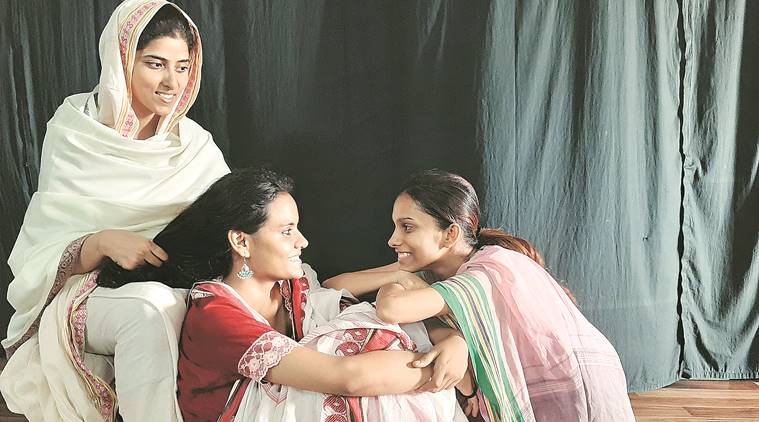Theatre director Kirti Jain revisits a classic story about a Bengali middle-class housewife to comment on present-day patriarchy.
Confined to the andar mahal (inner chamber) of her husband’s home, Subarnalata in Ashapoorna Devi’s eponymous novel, fights patriarchy all her life and searches for a space that is her own. The novel, the second in Devi’s trilogy about three generations of women of a family, was adapted for the stage by Gitanjali Shree and directed by Kirti Jain in 1999. This weekend, Jain will revive the play with Kshitij Theatre Group at Stein auditorium, India Habitat Centre, Delhi.
“What surprised me 20 years ago and surprises me now is that things haven’t changed much. The play is set in the early 20th century Bengal but the situation remains just as grim for women. I keep thinking, ‘How have reforms and protests helped the common woman?’ I don’t mean that activism is not required because it is. Me Too and Nirbhaya are just two types of violence against women. What about the oppression women face in society in several other ways?” says Jain, who was honoured with the Sangeet Natak Akademi Award for Direction in 2011. She specialised in direction at the National School of Drama (NSD) in Delhi, and was the director of the institute between 1988 and 1995.
Born in 1949, Jain grew up in a country that was undergoing sociocultural and political transformations, fuelled by new ideas and idealism. “When we were young, we thought that the situation was going to get better for women and it did. But, the present is worrying me. I feel that the empowerment of women isn’t becoming a reality. What is ironic is that women themselves have accepted this as their unavoidable reality,” she says.
Her father, celebrated theatre critic and poet Nemichand Jain, was progressive and their house was a hub of intellectuals. Jain and her sisters would be studying while poetry or debates among her father’s friends raged in the next room. “I didn’t have to struggle at all as a woman and I know I am privileged and lucky in this. That is why I feel the oppression more sharply when I see it all around,” she says.
The play highlights Subarnalata’s attempts to assert herself, such as making a new friend with a neighbour, and talking to her by secretly removing a brick from a wall. Jain shows how women often fail in self-expression due to lack of support. There is none for Subarnalata. When she goes home, her father is so scared of social backlash that he sends her back to her in-laws’. “I feel that the position of women is not going to get better in the near future because our country is now looking back. Society will continue to decide what a woman should wear and whether she can travel alone,” she says. Subarnalata’s final scenes reflect this sense of doom.
People, usually women, caught in the cross-hairs of upheaval are the heroes of Jain’s productions. “Every time I have done a play, unless it was assigned to be at the NSD, was because some social or political crisis was disturbing me. I would look for material to do a play on the issue so that I could share my anxiety, fears and concerns with a larger section of people. My plays are also intended to explore the human situations behind the problems and how people are responding to what was happening,” she says. In 2004, more than a decade after India opened up, Jain worked on the theme of globalisation and the market economy with the NSD Repertory Company in the play, Kaun Thagwa Nagaria Lootal Ho (2004), based on an important Hindi story by Kashinath Singh. In 2002, she dwelt on the human stories surrounding the Gujarat earthquake in Tinka Tinka with students of the NSD.
She has adapted Girish Karnad’s Hayavadana (1982) with students of the Dartington College of Arts, UK, Mohan Rakesh’s Ashadh ka Ek Din (1980) and Lehron Ke Rajhans (1992) and Mahesh Elkunchwar’s Holi (1998), among others. In Jain’s plays, the actor is prominent and props are also treated like performers and must evolve and grow. Baghdad Burning (2007), for instance, features benches that morphed into boundaries, beds and tables, among others. In the 1999 production of Subarnalata, there was one table and one chair on stage and actors had to mime the protagonist’s removing a brick from an imagined wall to talk to the neighbour. “Audience have to imagine the wall, the brick and the chatter of a restricted woman,” says Jain.
Subarnalata will be staged at Stein Auditorium, India Habitat Centre, Delhi, on June 29, 7.30 pm.
Source: Read Full Article




